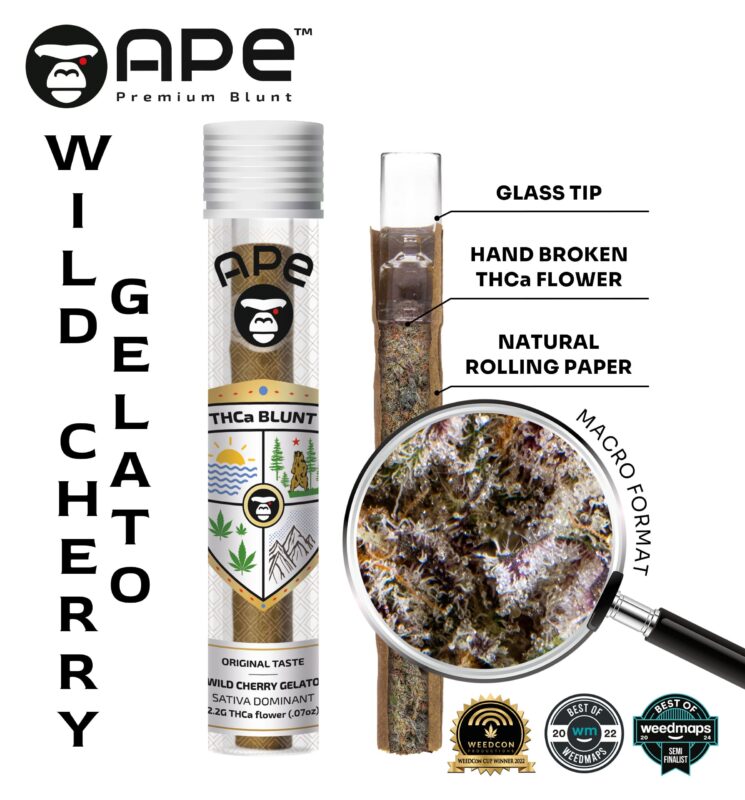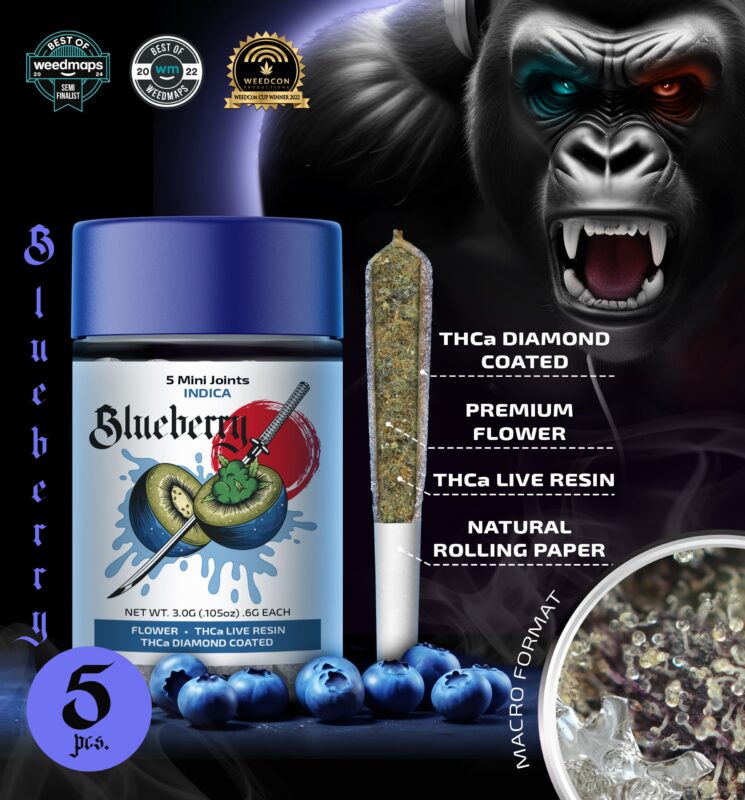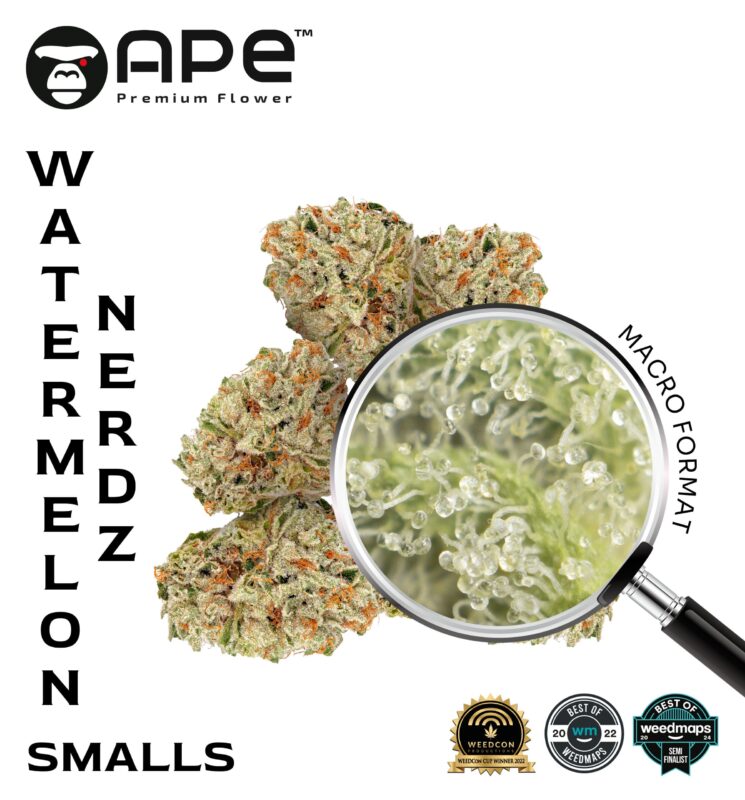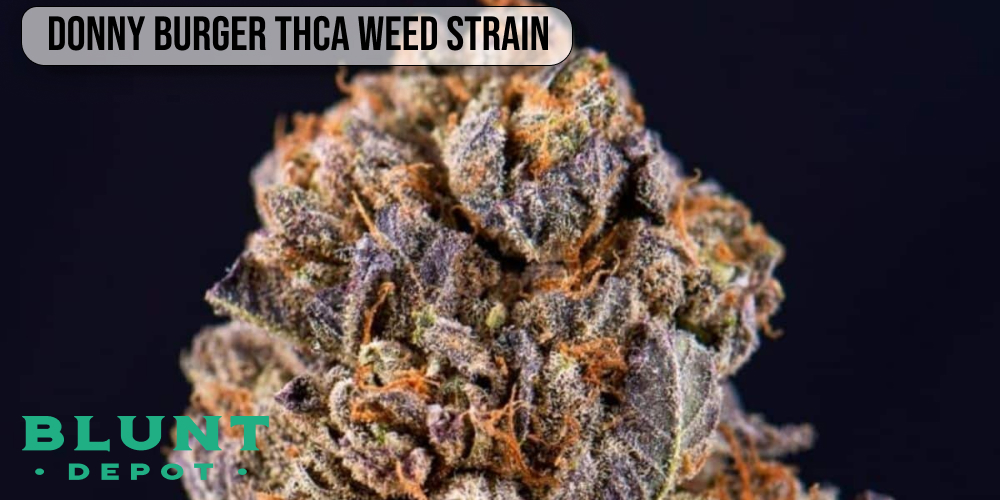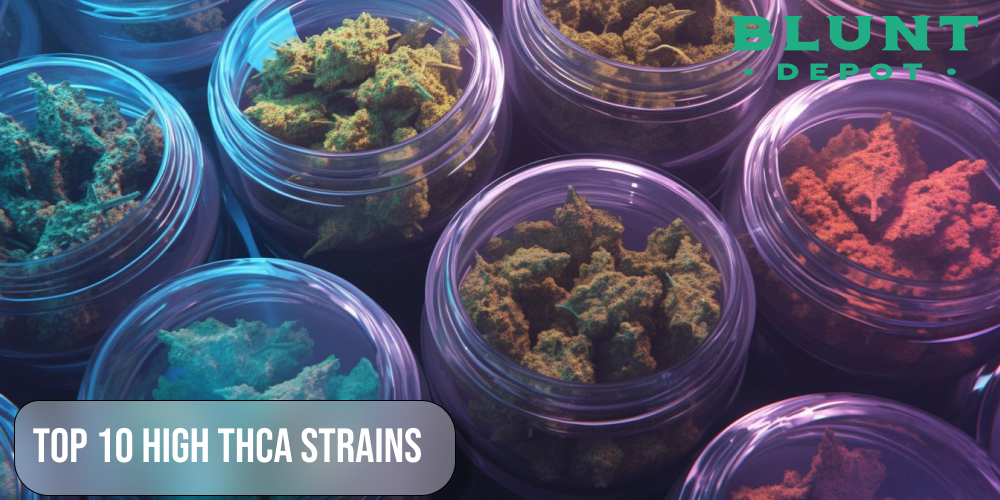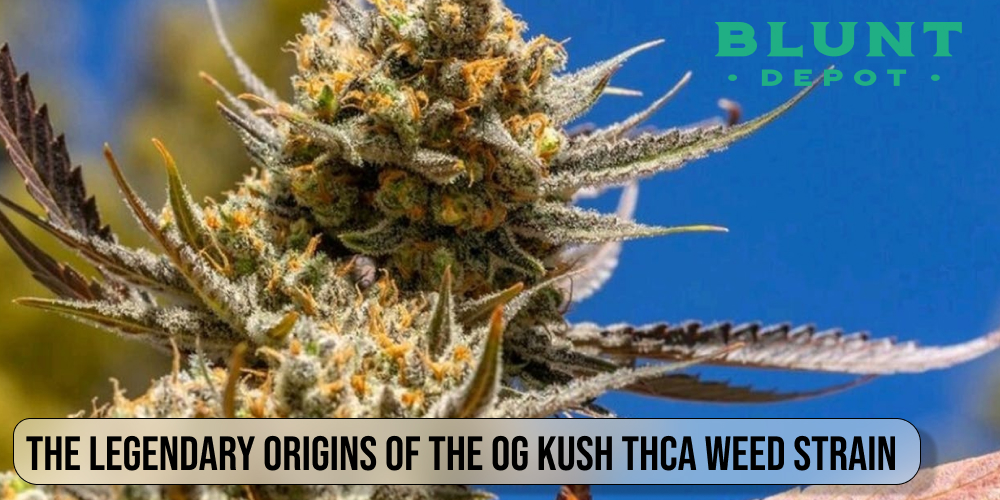Learn more about !
Can THCA products be used in food or drinks?
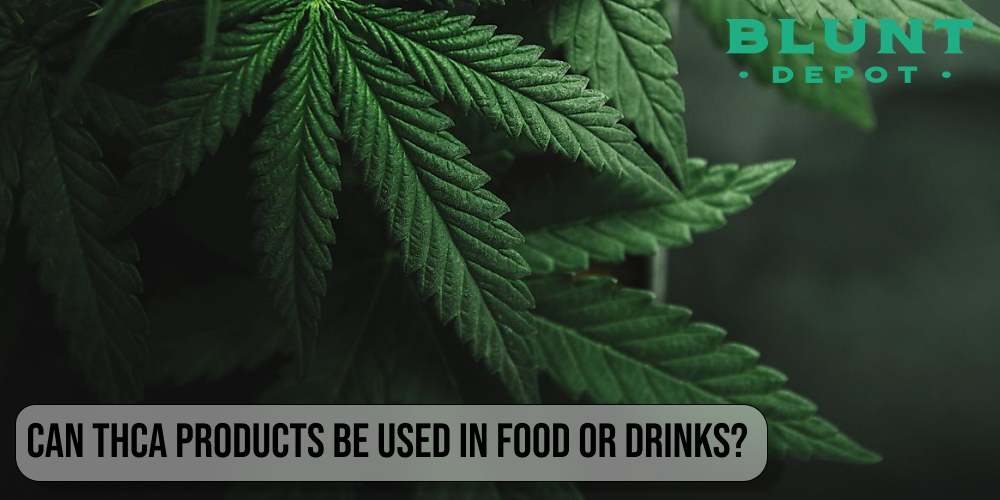
Can THCA products be used in food or drinks?THCA (tetrahydrocannabinolic acid) is a natural cannabinoid found in fresh cannabis plants. Unlike THC, THCA is non-psychoactive when consumed in its raw form, which makes it a perfect ingredient for food and drinks. This is especially beneficial for those who want the health advantages of cannabinoids without feeling high, making it safer and more versatile for everyday use. THCA is a powerhouse of beneficial compounds: it is a strong antioxidant, supports anti-inflammatory responses, and can help maintain general wellness. This means that adding THCA to meals or beverages is not just a trendy choice—it’s a functional addition to your diet.
In culinary applications, THCA is stable at low temperatures, so it’s ideal for fresh juices, smoothies, and cold salads. Unlike THC, it does not lose its benefits when used in raw dishes, allowing chefs and home cooks to explore creative recipes without risking psychoactive effects. The neutral flavor of THCA also ensures that dishes maintain their original taste, making it easy to incorporate into a variety of meals. By using THCA, consumers get a functional food ingredient that combines health benefits with convenience.
- Perfect for fresh juices and smoothies
- Ideal for cold desserts and fruit salads
- Can be added to salad dressings for wellness benefits

How THCA Affects Flavor and Texture in Dishes
One common concern is whether THCA affects flavor or texture. The good news is that THCA is mostly neutral in taste, unlike THC, which has a strong, earthy aroma. This makes it ideal for smoothies, cold soups, and desserts, where flavor balance is important. THCA complements other ingredients rather than overpowering them, letting natural tastes shine while adding functional benefits. Its subtlety allows chefs to experiment with recipes that are both flavorful and wellness-focused.
THCA also preserves texture. Whether in powder or liquid form, it does not alter the mouthfeel of foods. Smoothies remain creamy, yogurt desserts stay soft, and salads stay crisp. Heat above 120–140°C can convert THCA into THC, which produces psychoactive effects. Pairing THCA with fats, such as oils or nut butters, improves both absorption and texture. This makes it suitable for functional beverages, desserts, and healthy snacks, allowing flavor, texture, and wellness to coexist.
- Does not change the flavor profile of dishes
- Maintains texture and consistency
- Works well in smoothies, desserts, and functional drinks
How to Dose THCA in Culinary Applications
Proper THCA dosing is essential for safe and effective use. Although non-psychoactive, starting with 10–20 mg per serving is recommended, especially for beginners or people unfamiliar with cannabinoid-infused food. Gradually increasing dosage allows the body to adjust while maintaining consistent wellness effects. Different forms of THCA—powder, liquid extract, or fresh leaves—have varying bioavailability, meaning that absorption and effectiveness can differ. Knowing the product form ensures that meals and beverages are both safe and functional.
THCA pairs well with lipids such as oils, nut butters, or avocado, which enhance bioavailability and improve the texture of recipes. Gradual dosing is particularly important for smoothies, cold soups, and no-bake desserts, ensuring every portion provides predictable health benefits. For commercial kitchens, cafes, or wellness-focused restaurants, standardizing THCA doses ensures customer satisfaction and consistent functional effects. By mastering dosing and proper pairing, THCA can transform everyday food into wellness-focused culinary creations that are safe, effective, and enjoyable for all consumers.

THCA in Beverages: Juices, Teas, and Smoothies
Beverages offer a simple, effective way to integrate THCA in food and drinks. Because THCA is water-soluble and stable at low temperatures, it works perfectly in cold juices, smoothies, and lightly warmed teas. These drinks provide precise dosing, maintain the cannabinoid’s health benefits, and allow functional beverages to be part of a daily wellness routine. THCA adds value without altering taste, making beverages both delicious and beneficial.
Temperature is crucial when using THCA in drinks. Hot liquids or boiling water can decarboxylate THCA into THC, producing psychoactive effects. To preserve health benefits, add THCA to cold or slightly warmed drinks and combine it with fats like almond butter or coconut oil for better absorption. THCA-infused beverages are a convenient way to support immunity, reduce inflammation, and promote wellness safely while keeping drinks enjoyable and flavorful. These beverages are suitable for home use, cafes, and wellness-focused establishments alike.
- Ideal for cold juices, smoothies, and lightly warmed teas
- Easy to control dosage per serving
- Maintains beneficial properties at low temperatures
Using THCA in Desserts and Sweet Treats
THCA is perfect for desserts, allowing ordinary sweet dishes to become functional foods. Fruit salads, yogurt parfaits, chilled puddings, and no-bake desserts can all incorporate THCA safely. Heat should be avoided to prevent conversion into THC and preserve wellness benefits, making these treats both delicious and functional.
THCA desserts provide antioxidants, support immune health, and have anti-inflammatory effects. Pairing THCA with fruits, yogurt, nut butters, or natural sweeteners enhances both flavor and absorption. This creates innovative, health-focused desserts that satisfy cravings while delivering functional benefits. For both home cooks and commercial kitchens, THCA desserts are a way to make sweets safe, tasty, and health-promoting, blending pleasure with wellness in every bite.

Tips for Safe THCA Cooking
When cooking with THCA, safety and precision are key to preserving its health benefits while avoiding unintended psychoactive effects. THCA is sensitive to heat; temperatures above 120–140°C can decarboxylate it into THC, producing psychoactive effects. Therefore, it is essential to monitor cooking temperatures carefully and add THCA only after dishes have cooled slightly, especially in baked goods or warm sauces. Using liquid extracts or powders makes it easier to control dosing and incorporate the cannabinoid evenly into recipes. Standardizing THCA amounts per serving ensures consistent results, whether you’re preparing food for personal use, a wellness café, or a commercial kitchen.
Pairing THCA with fats like olive oil, coconut oil, avocado, or nut butters enhances its bioavailability, meaning your body can absorb and utilize the cannabinoid more effectively. This is particularly useful in smoothies, salad dressings, and chilled desserts. Lipid-rich ingredients also improve the texture and flavor of recipes, ensuring that functional meals remain enjoyable while delivering wellness benefits. Additionally, combining THCA with complementary ingredients such as fruits, yogurt, or natural sweeteners maximizes both taste and efficacy. Following these tips allows home cooks and professional chefs to create dishes that are not only safe and effective but also delicious and appealing to the eye.
- Carefully monitor cooking temperature to preserve THCA
- Pair with lipid-rich ingredients for better absorption
- Add after cooling warm dishes to maintain potency
THCA Delivery in San Diego
Best THCA delivery in Miami
Carson THCA delivery
Popular THCA Recipes to Try
Exploring THCA-infused recipes is an excellent way to make functional cooking approachable and enjoyable. Beginners can start with simple, low-heat dishes like smoothies, chilled desserts, and fruit salads. These recipes allow precise control of THCA dosage while preserving its wellness benefits. For instance, a smoothie made with berries, banana, almond milk, and 15 mg of THCA offers a nutrient-rich, antioxidant-packed drink that supports immunity and overall health. Fruit salads combined with yogurt, chia seeds, and 10 mg of THCA provide a refreshing snack that’s both functional and delicious, making wellness integration effortless.
For dessert lovers, chilled jelly or pudding desserts infused with THCA are an easy way to enjoy a sweet treat without high temperatures. This preserves the cannabinoid’s anti-inflammatory and antioxidant properties, making indulgence guilt-free. Using THCA in recipes also encourages creativity; chefs and home cooks can experiment with flavors, textures, and ingredient pairings while staying within safe temperature and dosage limits. By incorporating these simple THCA recipes into daily routines, functional foods can become an enjoyable, integral part of a wellness-focused lifestyle.
Final Thoughts
Incorporating THCA in food and drinks represents a modern, safe, and effective approach to functional cooking that combines wellness, flavor, and creativity. Unlike THC, THCA is non-psychoactive, which means it provides all the benefits of cannabinoids—anti-inflammatory properties, antioxidant effects, and overall wellness support—without causing a high. This makes it an ideal ingredient for anyone looking to enhance daily meals, beverages, and desserts with functional value.
From refreshing smoothies and cold-pressed juices to chilled fruit salads and yogurt parfaits, THCA can be seamlessly integrated into a variety of dishes, making wellness an effortless part of everyday life. Its neutral taste allows it to complement a wide range of flavors without overpowering them, while its versatility ensures it works in both sweet and savory recipes.
One of the main advantages of using THCA in culinary applications is its stability at low temperatures. High heat can convert THCA into THC, producing psychoactive effects, so it is best used in cold or slightly warmed recipes. This makes smoothies, no-bake desserts, fruit salads, and functional drinks perfect candidates for THCA inclusion. Pairing THCA with lipid-rich ingredients like coconut oil, almond butter, or avocado further enhances its bioavailability, allowing the body to absorb and utilize the cannabinoid more effectively. This combination also improves texture, mouthfeel, and flavor, creating dishes and beverages that are both enjoyable and nutritionally functional.
For those interested in practical use, simple recipes such as berry smoothies with 15 mg THCA, fruit salads with yogurt and chia seeds, or chilled jelly desserts with THCA powder provide a safe and effective starting point. Gradual dosing ensures consistency, safety, and predictable effects, making it suitable for both beginners and experienced wellness enthusiasts. Standardizing doses in commercial kitchens or cafés ensures every customer receives functional meals with reliable health benefits.
Ultimately, THCA in food and drinks offers endless possibilities for creative culinary experimentation. It allows home cooks, chefs, and health-conscious consumers to transform ordinary recipes into functional, wellness-enhancing meals. Whether for personal use, social gatherings, or commercial purposes, THCA provides a safe, effective, and delicious way to enjoy the benefits of cannabis in a practical and enjoyable format. By integrating THCA thoughtfully, consumers can support immunity, reduce inflammation, and enhance overall wellness, all while enjoying flavorful, visually appealing dishes and beverages.
- Enhances wellness through non-psychoactive cannabinoid benefits
- Easily incorporated into smoothies, desserts, salads, and drinks
- Transforms ordinary recipes into functional, health-promoting culinary creations

FAQ: Can THCA products be used in food or drinks?
1. What is THCA and how is it different from THC?
THCA (tetrahydrocannabinolic acid) is a naturally occurring cannabinoid in fresh cannabis plants. Unlike THC, it is non-psychoactive, meaning it does not produce a high. This makes it ideal for food and drinks, as it provides antioxidant, anti-inflammatory, and wellness benefits without affecting mental state. THCA retains its properties in cold or lightly warmed dishes, allowing it to be used in smoothies, juices, chilled desserts, and salad dressings.
2. Can THCA be used in hot dishes or baking?
High heat (above 120–140°C) converts THCA into THC, producing psychoactive effects. Therefore, it is best used in cold or lightly warmed recipes. Add THCA after cooking or use it in no-bake recipes to preserve its wellness benefits. Pairing with lipid-rich ingredients like coconut oil or nut butters enhances absorption and improves texture and flavor.
3. How much THCA should I add to food or drinks?
For beginners, 10–20 mg per serving is recommended. Gradually increasing the dose ensures safe, predictable effects. Different forms (powder, liquid extract, fresh leaves) affect absorption, so consider bioavailability. Standardizing doses in commercial settings ensures every serving delivers consistent wellness benefits.
4. What foods and beverages work best with THCA?
THCA works best in cold or slightly warmed dishes such as smoothies, fruit salads, yogurt parfaits, chilled desserts, and functional beverages. Its neutral taste allows it to blend seamlessly into sweet or savory dishes. Pairing with lipids enhances absorption and texture, making recipes both functional and delicious.
5. Are THCA-infused foods safe for everyone?
THCA is generally safe for adults due to its non-psychoactive nature. Caution is advised for people with medical conditions, those on certain medications, or pregnant and breastfeeding individuals. Start with small doses and monitor tolerance. Clear labeling of THCA content and proper temperature control ensures safety while providing health benefits.
